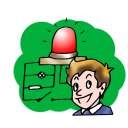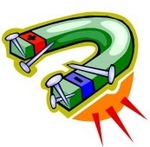
Worksheets and No Prep Teaching Resources
Reading Comprehension Worksheets
Electricity
Magnets

Electricity
 Worksheets and No Prep Teaching Resources Reading Comprehension Worksheets Electricity Magnets |
 Electricity |
| edHelper's suggested reading level: | grades 5 to 7 | |
| Flesch-Kincaid grade level: | 10.31 |
| You Switch, We Deliver? |

|
 |
Create Weekly Reading Books
Prepare for an entire week at once! |
| Leave your feedback on You Switch, We Deliver? (use this link if you found an error in the story) |
 |
Electricity
|
 |
Magnets
|
 |
Science
|